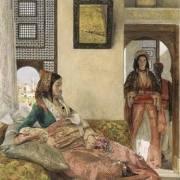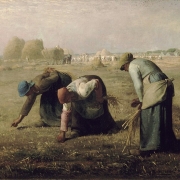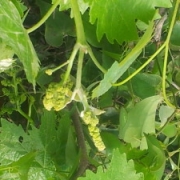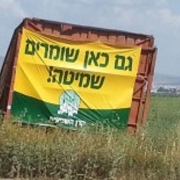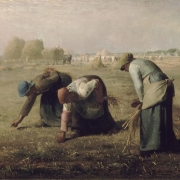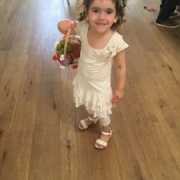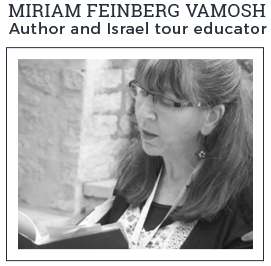The Highways and Byways of Shavuot
The Highways and Byways of Shavuot
The book of Ruth, which we read in synagogue on Shavuot, is a veritable cloverleaf interchange on the highway of our liturgical year with exits to past, present and future. Let’s have a look at that imaginary map.
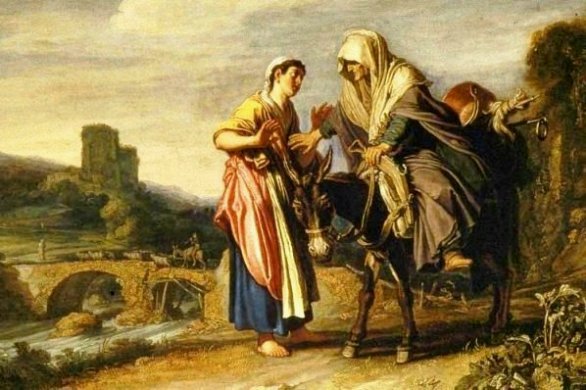
The first crossroads is signposted “famine.” This is the disaster that forced Naomi and her daughters-in-law to leave Moab. Famine is an intersection of worlds – physical, geographical and societal, past and present. How can we read that story and not think of the global upheaval that has left at least an estimated 68 million people displaced.*
Another road in the book of Ruth leads us to explore the precarious lives of widows in biblical society, and by extension, of all the disadvantaged people the Bible urges us to care for, then and now.
We can take the road of faith to Mount Sinai, because tradition says the Ten Commandments were given at this time of year. Along that particular road, there’s a crowded rest area, where travelers stop to long for the messiah, son of David, great-grandson of Ruth.
And don’t miss the scenic pull-off where a milestone is inscribed with the story of one special Shavuot, Pentecost, in that case, in Jerusalem, a milestone that has come to symbolize Christianity as a world-spanning faith.
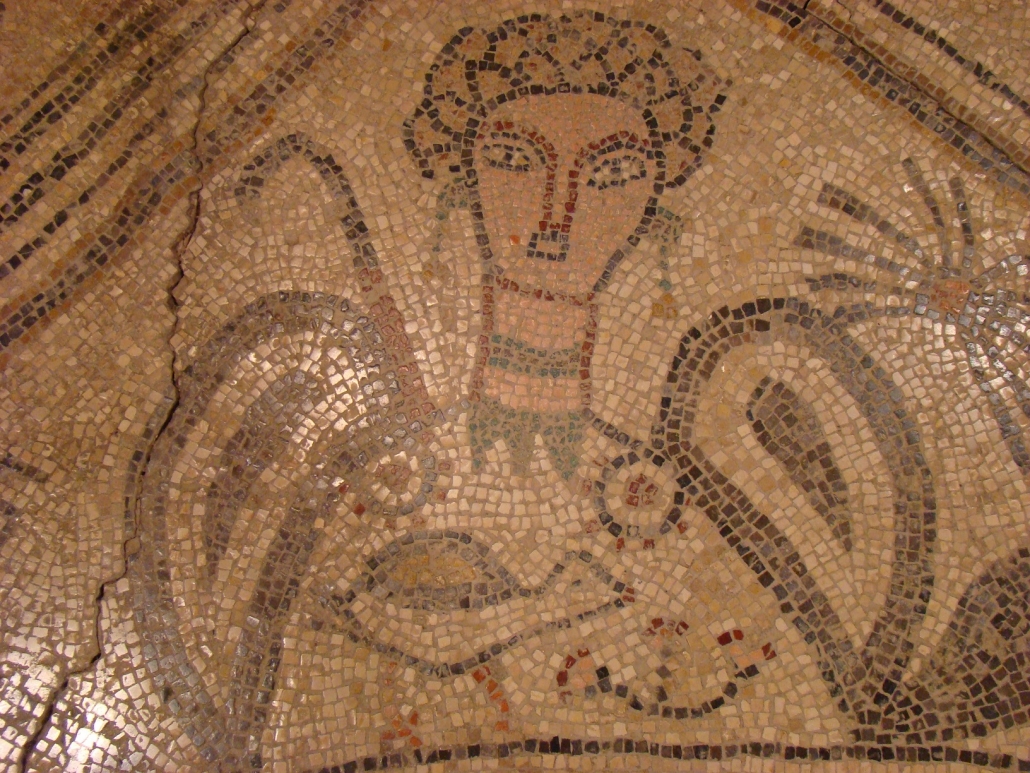
There’s even an exit on our cloverleaf to a culinary byway. On this holiday we eschew meat, with the idea that in a perfect world we would not slaughter animals for sustenance. If nothing else, this leads to an annual abundance of dairy recipes in the media, which I poured over to choose some for our family holiday meal.
And we can take a meteorological detour, too. After all, spring in the Holy Land means the end of the rainy season, with unstable weather and what that meant for ancient farmers.
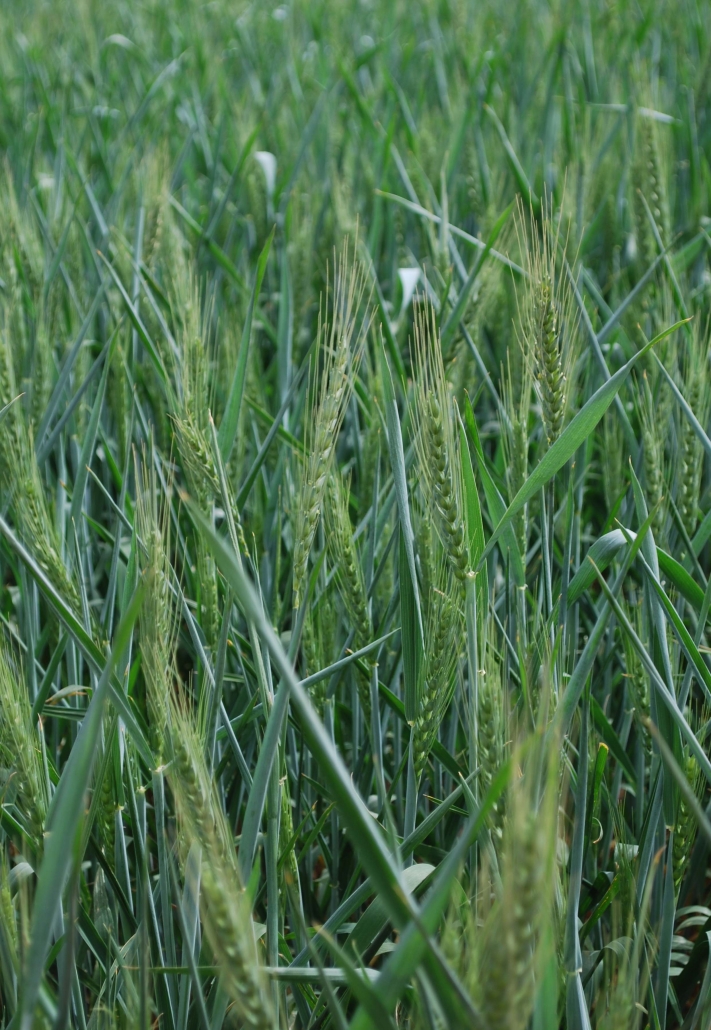
Speaking of highways, the book of Ruth is somewhat of a travelogue, too. It is the journey of two women, Naomi and Ruth, from the Mountains of Moab, deep down to the parched Jordan Valley and up again to the Mountains of Judah and a new future for Ruth; for both of them, actually.
Mothers-in-law and mothers
And how about the crazy trek a mother-in-law and daughter-in-law take together through the desert? A recent article by Rebecca Byerly in the International New York Times tells of outdoorswoman Isabella de la Housseye, 55, who, with Stage 4 lung cancer, climbed to the top of 22,840-foot-high Mount Aconcagua in Argentina with her 22-year-old daughter Bella. “I forgive you, mother,” Bella said to Isabella after one particularly grueling day and night on the highest peak outside of Asia, according to the article. Bella also said to her mother: “I don’t know anyone in the world who is stronger than you.” I wish I had said that to my mother-in-law Tamar. I hope she knew by my actions that I felt it.
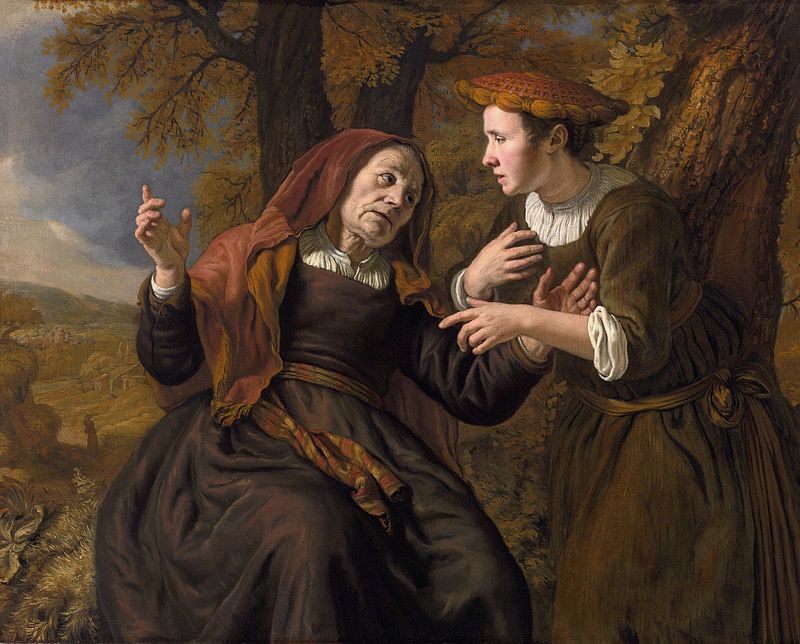
Naomi’s Journey
Why did Naomi start out with her daughters-in-law, then try to send them both away? Why did she let Ruth go with her in the end? As Vanessa Ochs has pointed out, the book is named after Ruth, but without Naomi, there’d be no plot. Seeking a “women of the Bible” theme for this piece, I thought I’d check where in the book of Ruth “the women” are mentioned. It turns out that wherever Naomi was, there they were. When Naomi returns to Bethlehem, she reconnects with what Ochs calls “her old crowd.” They see her at her lowest (Ruth 1:19), but at least they see her – as one of them – while in Moab she was foreigner, woman and widow. How many more levels of vulnerability could there be? “The women” are there again, at the birth of Ruth’s child, but congratulating Naomi, not Ruth (Ruth 4:14)!
And finally, “the women” top it all off by proclaiming “a child has been born to Naomi” (Ruth 4:17). I actually get this on a certain level. Grandmothers, when your child’s child looks at you strangely once in a while, do you realize it’s because you’ve called him or her by his or her parent’s name?
But Ochs suggests a deeper reason: Quoting another modern commentator, she says that these women of Bethlehem felt a need to bring the newborn closer to his Judahite origins, and distance him from his Moabite-ness. Ruth was accorded high status in Jewish tradition because of her unconditional commitment to the faith and people of the one God. And yet, how sad, and dangerous, that we human beings often choose exclusion as the best way to define ourselves as a group. ( Look around; how many Ruths live among us today?) Centuries after Ruth’s pledge, the sages said that Jesse, David’s father, divorced his Judahite wife Nitzevet, because he supposedly felt that his Moabite antecedents made him unworthy of her.
“A child born to Naomi” Ochs, says, appears to be a device meant to present us with the future King David as pure and unblemished. Of course even the most cursory reading of the David stories shows he didn’t turn out to be. But after all, who is? That just might be the power of these stories. They highlight the road we should take, even if we often miss the turnoff.

*UNHCR figures for 2018. https://www.unhcr.org/news/stories/2018/6/5b222c494/forced-displacement-record-685-million.html
Want to know more?
Kates, Judith and Reimer, Gail Twersky. Reading Ruth. Contemporary Women Reclaim a Sacred Story.

